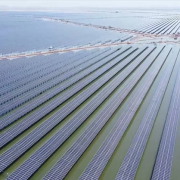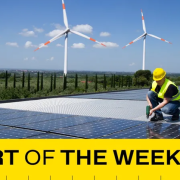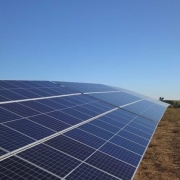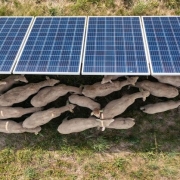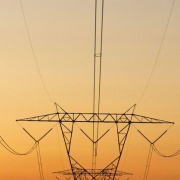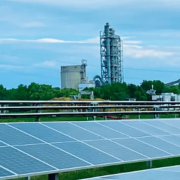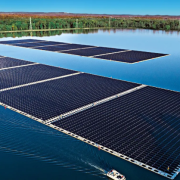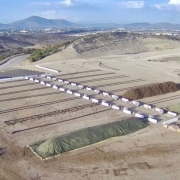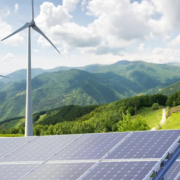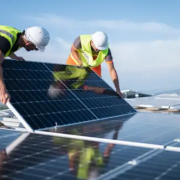A huge solar power station in China is generating clean energy, producing salt from sunlight, and serving as a shrimp-breeding site.
State-owned China Huadian Corporation said the 1-gigawatt (GW) Huadian Tianjin Haijing power station will generate 1.5 billion kilowatt-hours of electricity each year – enough to power around 1.5 million households in China.
The solar panels at the farm are bifacial, which means they benefit from both direct sun and sunlight that reflects from the water beneath.
Click here to read the full article
Source: electrek
—
If you have any questions or thoughts about the topic, feel free to contact us here or leave a comment below.

